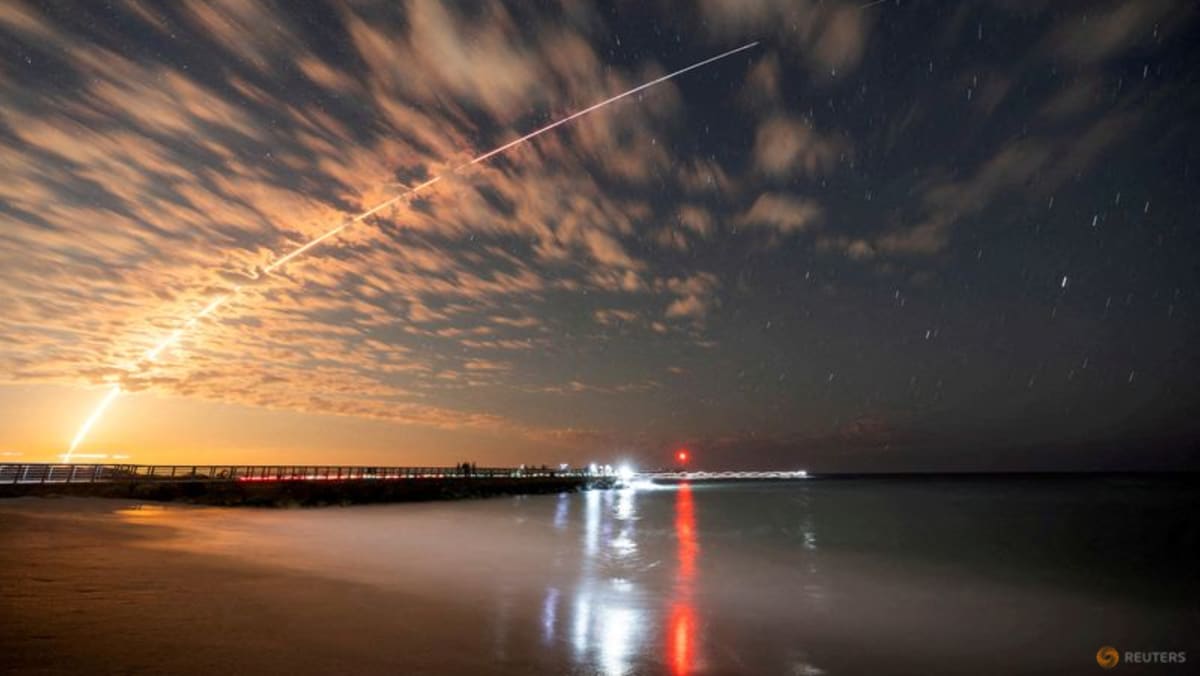CAUTION IN INDONESIA
Indonesia faces similar issues.
About a-fifth of the population in the vast archipelago lacks adequate internet access, according to the Indonesian Internet Service Providers Association.
But while the Indonesian government welcomed Starlink to the country and granted business licences in May last year, analysts say it remains wary about allowing the company to fill the gaps.
It is currently unclear how many Starlink devices are operational in Indonesia and the company’s initial investment was modest at US$1.8 million.
Still, with Musk in attendance, Starlink launched with fanfare in Bali with a project to connect medical centres to fast internet service. In at least one centre though, the service was disabled shortly after due to an apparent unstable connection.
There is pressure from traditional telecom companies on the government to ensure the playing field is even after decades of investing in an infrastructure network that could be made redundant by Musk’s satellites, said Karl Gading Sayudha, an analyst who focuses on defence, security and international relations at Kiroyan Partners, a Jakarta-based consulting firm.
“These telecommunication providers have invested billions of rupiah. So they are questioning the government’s effort and government’s responsibility to make sure that this will be a fair game,” he said.
“They are asking for the government to regulate this before it goes too far.”
The Indonesian Internet Service Provider Association urged the government in the middle of last year to freeze Starlink’s licence, because it had “the potential to disrupt the sustainability and independence of the local ISP industry”, said its chairman, Muhammad Arif Angg.
Telkom, Indonesia’s state-owned telecom giant, and the Indonesian Telecommunications Providers Association have also called for a level playing field in terms of regulations.
Starlink “may appear aggressive” to these companies, causing them to feel insecure about how Starlink might expand, said Darynaufal Mulyaman, a lecturer at the International Relations Study Programme at Universitas Kristen Indonesia.
“Because on paper, it’s a really unbalanced competition,” he said, noting that Starlink has minimal local staffing and does not contribute to Indonesia’s territorial network infrastructure.
The cost of Starlink remains high, however, and this is an obstacle to widespread adoption. Its residential package starts at 750,000 rupiah (US$45) per month, putting it only within the grasp of higher income earners. That is about double the cost of a local operator, not including installation costs.
But as has occurred in other countries, the Starlink price could quickly drop as more users sign up.
It also has plans sometime this year to offer mobile plans, which if permitted, would put the company in direct competition with other telecom providers for a lucrative market of hundreds of millions of customers.
Its prices are far cheaper than other satellite internet providers, which prompted complaints from the Indonesia Satellite Association, which labelled Starlink’s offers “predatory”. The country’s anti-monopoly watchdog ruled last year that they were promotional, not unfair.
